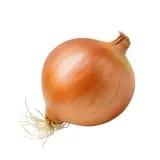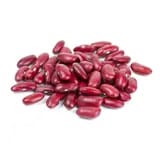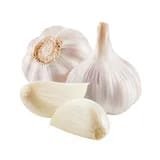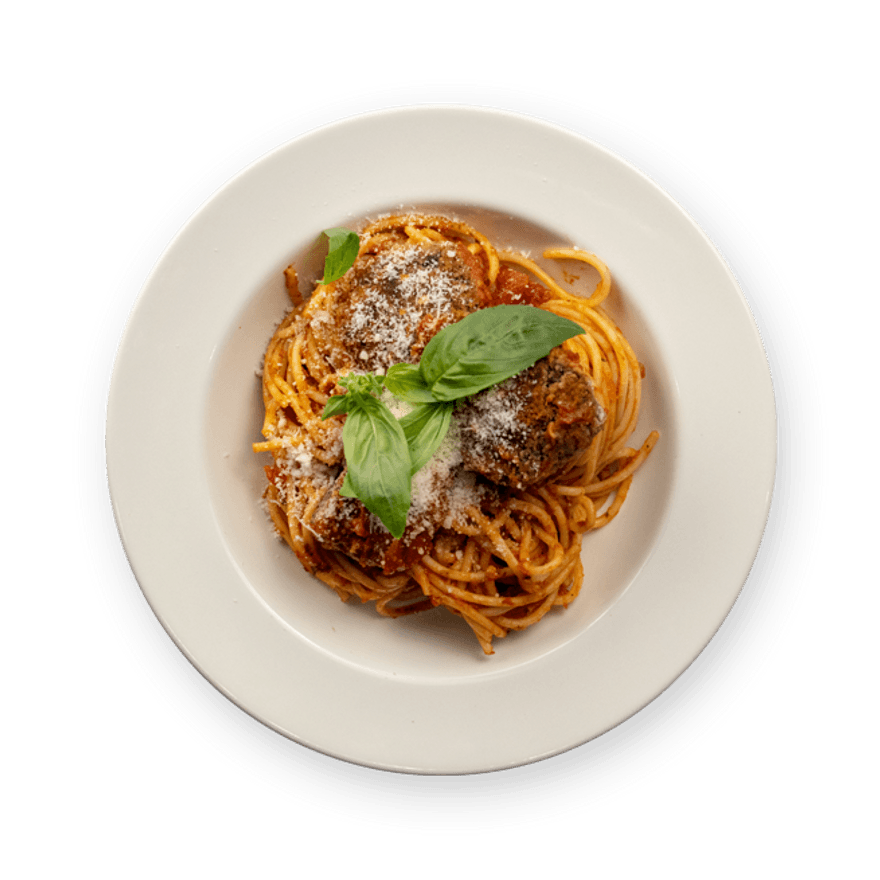Ingredients
Utensils
Stovetop, Pot (small), Blender, Oven
recipe

Step 1
Preheat the oven to 180°C. Peel & finely mince the onion.




Step 2
In a blender, add : the beans, onions, grated garlic, grated parmesan, eggs & half of the basil, if you have some. Season with salt & pepper.

Step 3
Mix until you have a smooth paste. Add the breadcrumbs to thicken the texture & stir to combine
Step 4
Form the veggie meatballs by rolling the mixture in between the palms of your hands.
Step 5
Line a sheet tray with baking paper & arrange the veggie meatballs evenly. Cook for 20 min at 180°C.

Step 6
Meanwhile, in a pot of salted boiling water, cook the pasta according to package instructions. Once cooked through, drain the pasta.

Step 7
In the same pot. heat the tomato sauce, over low heat. Add the drained pasta & stir to combine.
Step 8
Once crispy & golden brown, remove the veggie meatball from the oven.


Step 9
Serve the tomato pasta with the veggie meatballs. Top with tomato sauce. grated parmesan & fresh basil. if you have some. Enjoy !
Personal notes
Add your own flavor!
Nutrition facts
Average estimated amount for one serving
| Energy | 745 cal. |
| Fat | 12 g |
| Carbohydrates | 110 g |
| Protein | 35 g |
| Fiber | 21 g |
Values are based on an average estimate for one serving. All nutrition information presented on Jow is intended for informational purposes only. If you have any concerns or questions about your health, please consult with a health-care professional.
On average, one serving of the recipe "Veggie Meatball Bolognese" contains 745 Energy, 12 g of Fat, 110 g of Carbohydrates, 35 g of Protein, 21 g of Fiber.
Price per portion
| € | Nos recettes à -2 € par portion |
| €€ | Nos recettes entre 2 € et 4 € par portion |
| €€€ | Nos recettes à +4 € par portion |
Please note, the price above is dependent on your grocer and the available products in the grocery store you chose.
Scores


A Nutri-score
The Nutri-score is an indicator intended for understanding nutritional information. Recipes or products are classified from A to E according to their food composition to promote (fiber, proteins, fruits, vegetables, legumes, etc.) and foods to limit (energy, saturated fatty acids, sugars, salt, etc.).
A+ Green-score
The Green-score is an indicator representing the environmental impact of food products. The recipes or products are classified from A+ to F. It takes into account several factors on the pollution of air, water, oceans, soil, as well as the impacts on the biosphere. These impacts are studied throughout the product life cycle.
Retrieving reviews...



